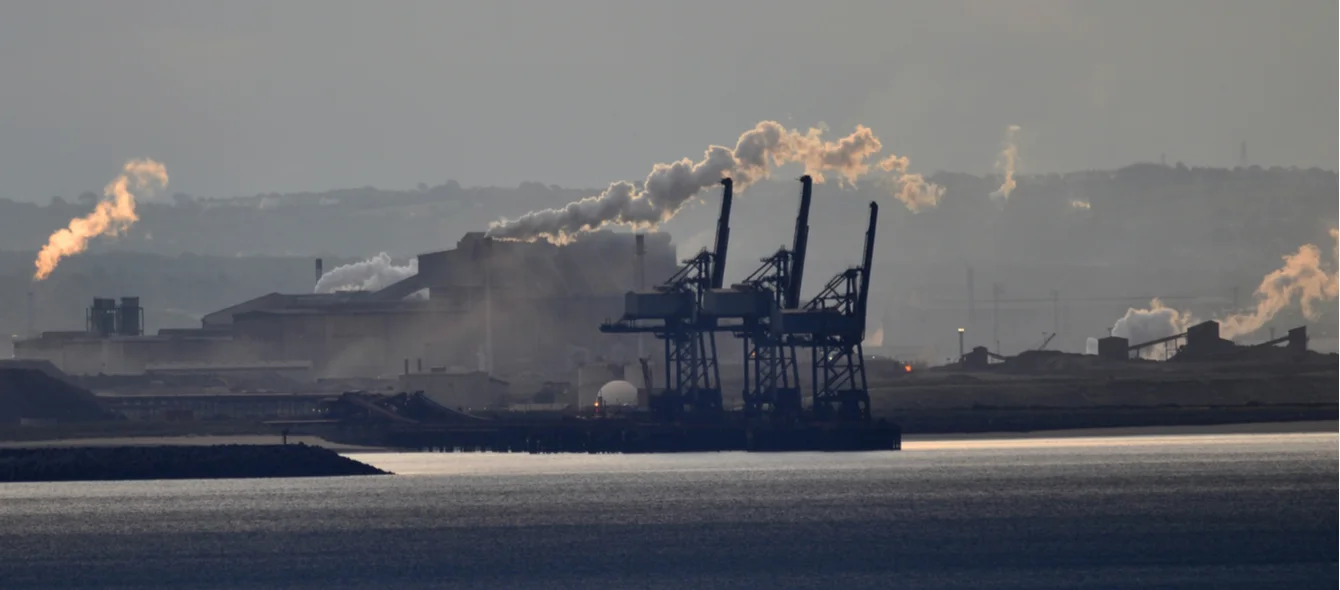Carbon Capture and Storage (CCS) projects in the EU have a chequered history. An initial ambition to fund 12 projects in the decade to 2018 saw only six large-scale schemes qualify for funding under the European Energy Programme for Recovery (EEPR), all of which were eventually suspended.
For the power sector worldwide, there are only two large-scale CCS projects in operation. These have the capacity to capture 2.4 million tons of carbon dioxide (CO2) a year, far short of the 350 million tons capacity the International Energy Agency sees as necessary by 2030.
Project evolution
However, EU CCS projects have evolved substantially from the plans of the past.
A key change is a new emphasis on exploring ways of using CO2 rather than storing it, turning CCS into a Carbon Capture Utilisation and Storage (CCUS). The main avenues of innovation are the use of CO2 in fuels, chemicals and building materials, as well as the direct use of CO2 to enhance biological processes, for example in greenhouses.
A further adaptation has been where CCUS is to be targeted. Rather than extend the life of coal-fired generation plant or enhance oil and gas production, CCUS projects are now being designed around business clusters to address industrial emissions, emissions from gas-fired power plant or hydrogen production.
A third difference is a focus on CO2 shipping. Rather the pipe CO2 to a storage site, new projects envisage the transportation of compressed or liquified CO2 by ship. This is because Europe’s best and safest potential storage sites are largely offshore.
These factors all reinforce what is perhaps the biggest departure from the past – the idea of a common network, serving multiple hard-to-abate industries for which individual CCUS developments would be too expensive. This network would be similar to an electricity or gas grid, as any CO2 capture point would be able to send CO2 to open access storage sites.
Risk mitigation
A network solution also offers the possibility of mitigating the long-term liabilities for private developers of CCUS projects imposed by the EU’s 2009 CCS Directive.
While carbon capture would be the responsibility of the private sector, the transportation and storage elements of the network could be owned by a dedicated private or public entity with regulated returns.
This would provide security against the possibility of private companies, whose principal business lies in other areas, going bust and being unable to fulfil their long-term obligations.
It could also facilitate the use of insurance products for CCUS, the lack of which has to date been a barrier to project development.
In the UK, the government’s CCUS Action Plan proposes a number of different possible business models ranging from full public ownership, to a public-private joint venture to a fully private venture.
Funding
However, developing a common network, alongside the suite of technologies involved in CCUS, requires funding both in the research and demonstration phases.
The EU’s first CCS programmes were backed by EU member funds, the EEPR and the EU’s Emissions Trading System (ETS) via the New Entrants Reserve (NER300). However, no new large-scale CCS project progressed sufficiently far to draw down these funds.
As a result, CCUS research and development funding is currently limited to the Accelerating CCS Technologies (ACT) programme, which is supported by the ERA-NET co-fund. A co-fund is a joint fund supported by the EU and member states.
ERA-NET, in turn, is part of Horizon 2020, an EU financial instrument intended to implement the Innovation Union, part of the EU’s Europe 2020 strategy.
Another and significantly larger source of funding is the Connecting Europe Facility (CEF), a €30 billion fund for energy, transport and digital infrastructure.
To apply for CEF funding, projects have to be designated as European Projects of Common Interest (PCI). The latest PCI list, published October 31, includes five CO2 network proposals, mainly focussed on northern Europe, up from four on the previous list published in 2017.
Innovation Fund
However, more funds should be available from 2020. In addition to national government support, these will centre on the EU’s new Innovation Fund. The Innovation Fund is aimed at demonstration projects and was established by the ETS Directive for the period 2021-2030.
It will be supported by the sale of 450 million ETS carbon allowances, which on current value implies €11.25 billion.
The Innovation Fund will also include undisbursed funds from the NER300 programme of €488 million. Unlike the NER300 programme, up to 40% of funds will be disbursed at pre-defined project milestones to support continuous development rather than at project completion.
Innovation Fund grants can also be combined with funds from other EU sources like the InvestEU programme, which aims to bring together a wide range of EU financial instruments. The European Investment Bank will be the main financial partner under InvestEU, which is backed by a €38 billion budget guarantee.
Funds from the CEF, from the EU’s Cohesion Policy Funds and/or from the Single Market Programme can also be used in conjunction with InvestEU.
Nonetheless, CCUS will have to compete with a broad range of energy and industrial technologies to prove its long-term economic viability. Projects will be selected according to their potential to avoid greenhouse gas emissions, degree of innovation, maturity, potential for widespread application and cost efficiency in terms of emissions avoidance.
